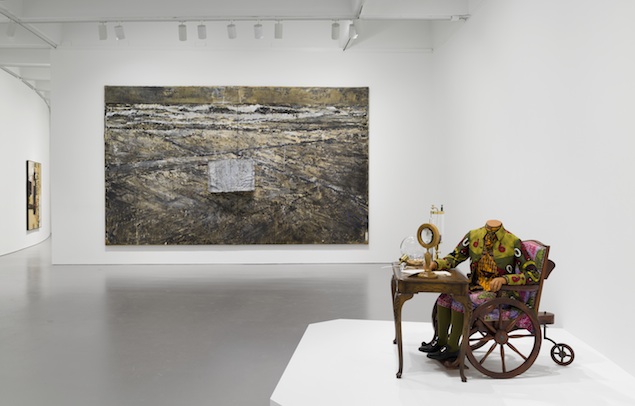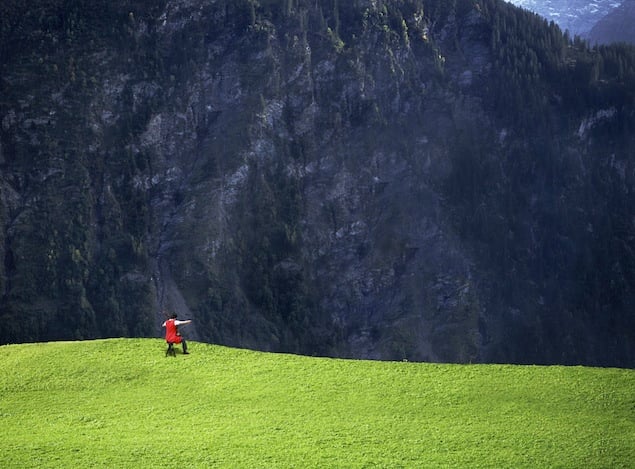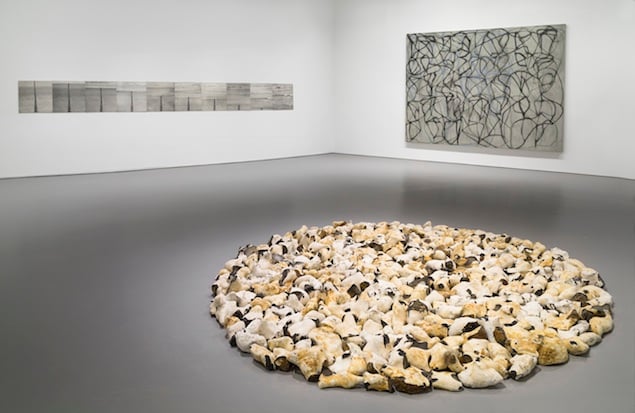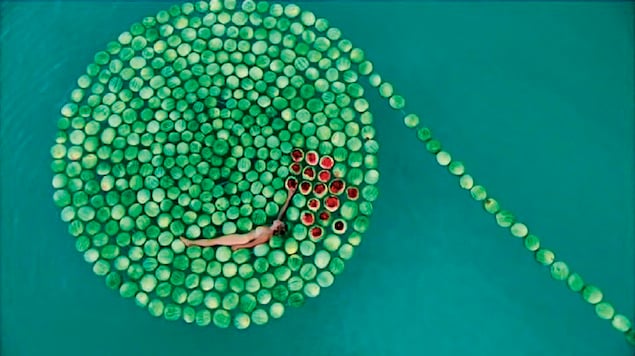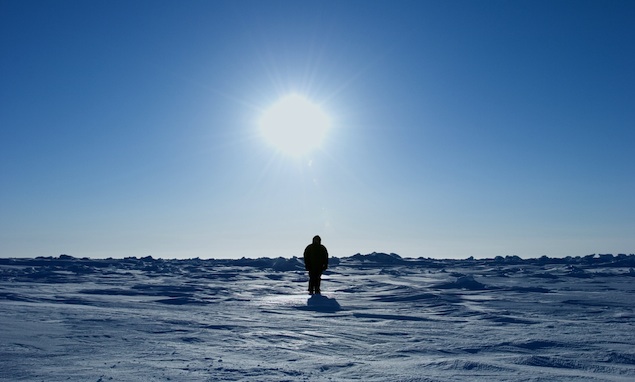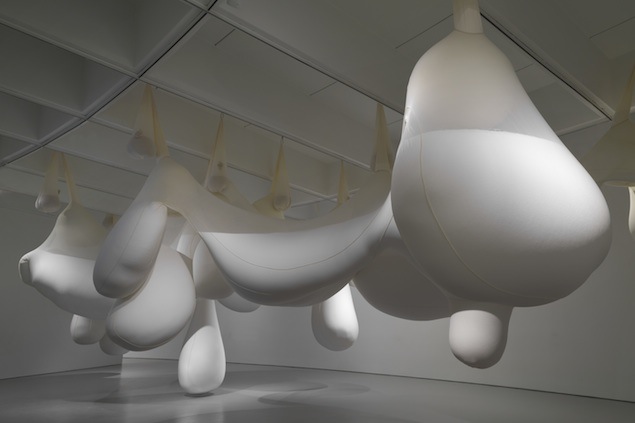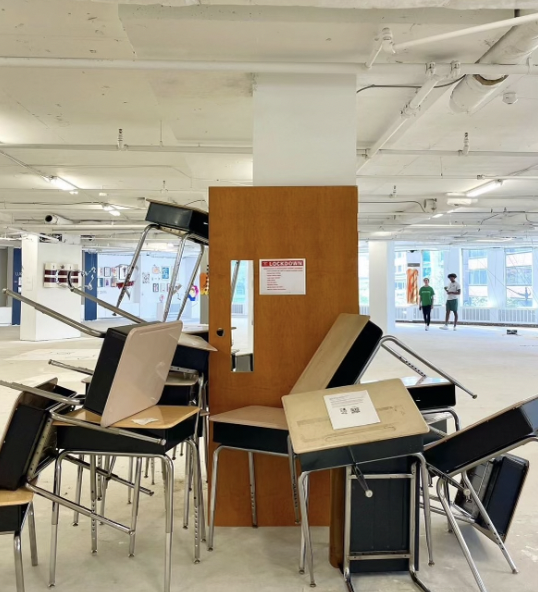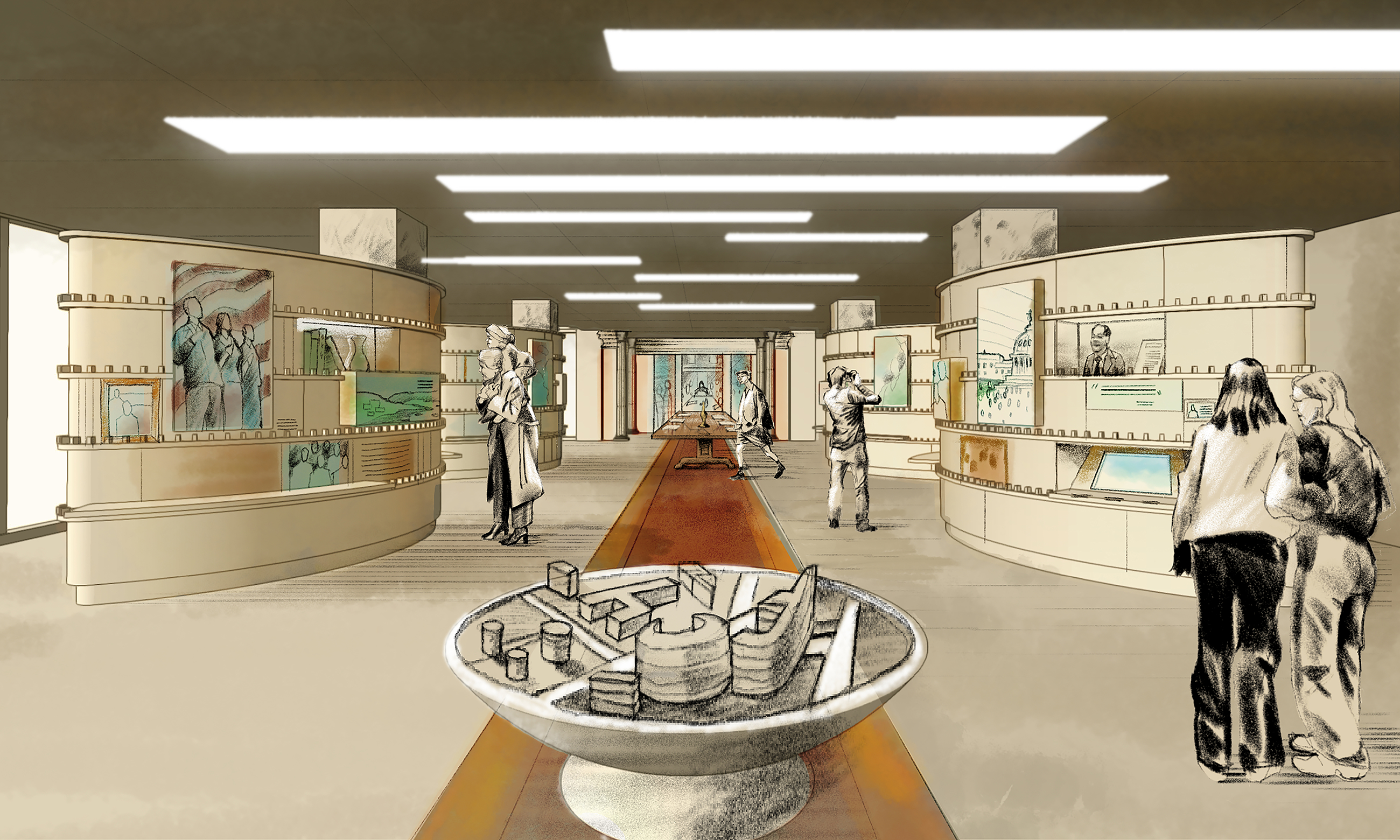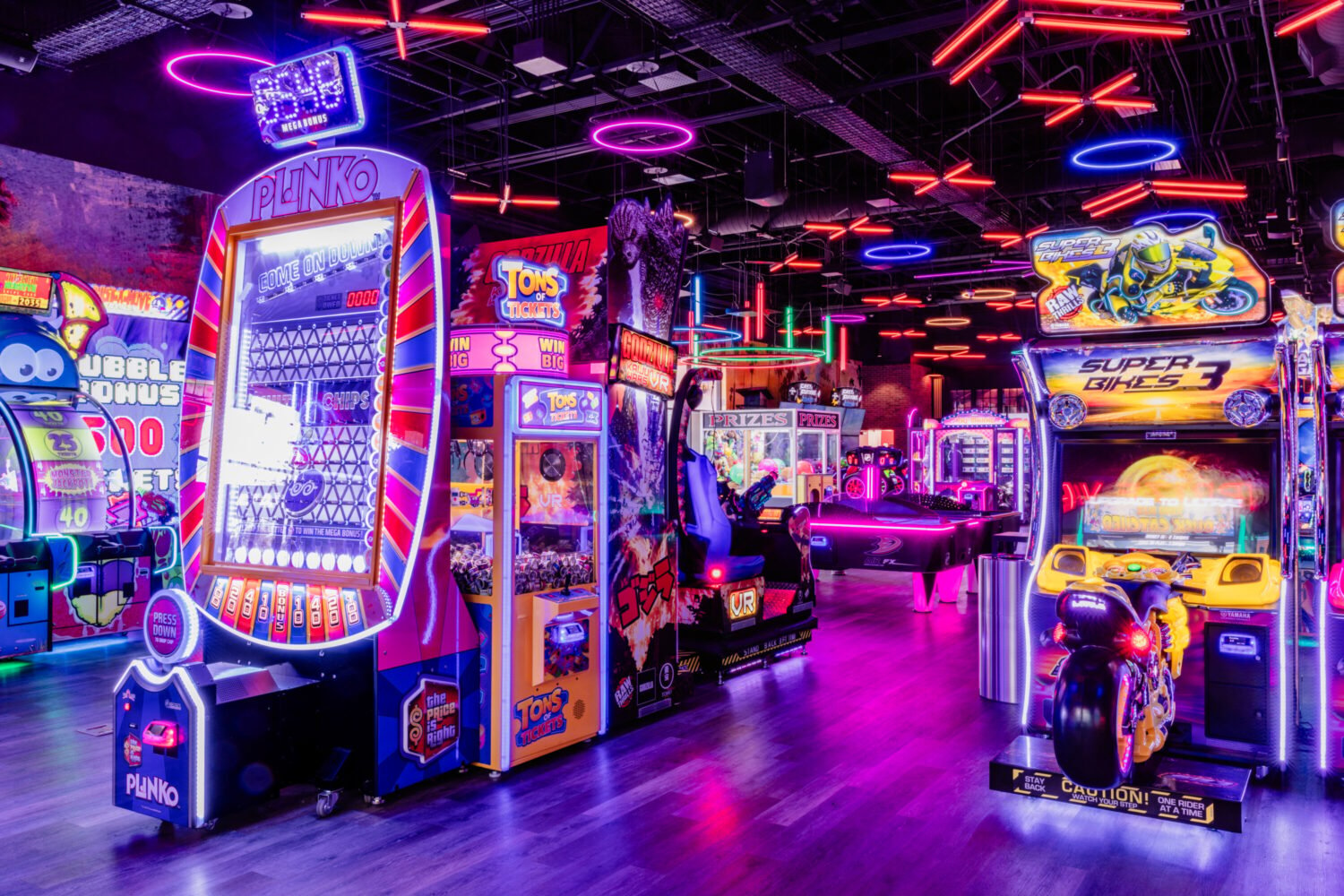On Wednesday morning, before the rain and tornado warnings descended on DC, the Hirshhorn hosted a preview to show off its new look to donors and members of the media. The museum, which celebrates its 40th anniversary this year, has for the first time redone its third-floor galleries, and introduced visitors to the changes—as well as to new director Melissa Chiu, just three weeks into the job. (She formerly served as the director of New York’s Asia Society Museum.)
The major changes to the third floor include removing the carpeting, along with some drop ceilings and spur walls, to return to the openness originally intended by architect Gordon Bunshaft—and to allow for installation of more contemporary sculptures, many of which are designed to rest directly on the floor. The impact can be seen in one of the Hirshhorn’s new exhibits, “At the Hub of Things,” which comprises 50 rarely displayed works from the museum’s collection of modern and contemporary art. The show adopts a “choose-your-own-adventure” structure, grouping the works by theme rather than by artist or time period, as co-curator Melissa Ho explained. The works include Ernesto Neto’s “The Dangerous Logic of Wooing,” a massive installation involving bulbous swoops of rice-filled fabric suspended from the ceiling; Yoko Ono’s “Sky TV for Washington,” which relays a continuous video of the sky over the Mall via closed-circuit camera as a contrast between the natural world and technology; and the piece that gives the exhibit its name, Anish Kapoor’s blue resin sculpture inspired by Kali, the Hindu goddess of time and change.
The other exhibit is well worth a visit by stressed-out Washingtonians. “Days of Endless Time” is a collection of 14 moving-image works by 13 artists, all created in the past decade and sharing a single theme: the suspension of time and the importance of solitude and contemplation. Israeli artist Sigalit Landau’s “DeadSee” features her floating naked in emerald water amid a spiral of watermelons, juxtaposing the womblike calm of the sea against the violent red of the broken fruit. Clemens von Wedemeyer attended the preview to explain his “Afterimage,” an eerie and slightly vertigo-inducing 3D walk-through of an old sculpture and prop warehouse. Especially intriguing is Robert Wilson’s portrait of Lady Gaga, almost unrecognizable in period dress and subdued hair and makeup. What at first seems like a static image over time gives way to movement, subtle at first and then more noticeable, rewarding the patient viewer with a new dimension of the work.
“At the Hub of Things” is an ongoing exhibit; “Days of Endless Time” closes April 12. See images from both collections below.
